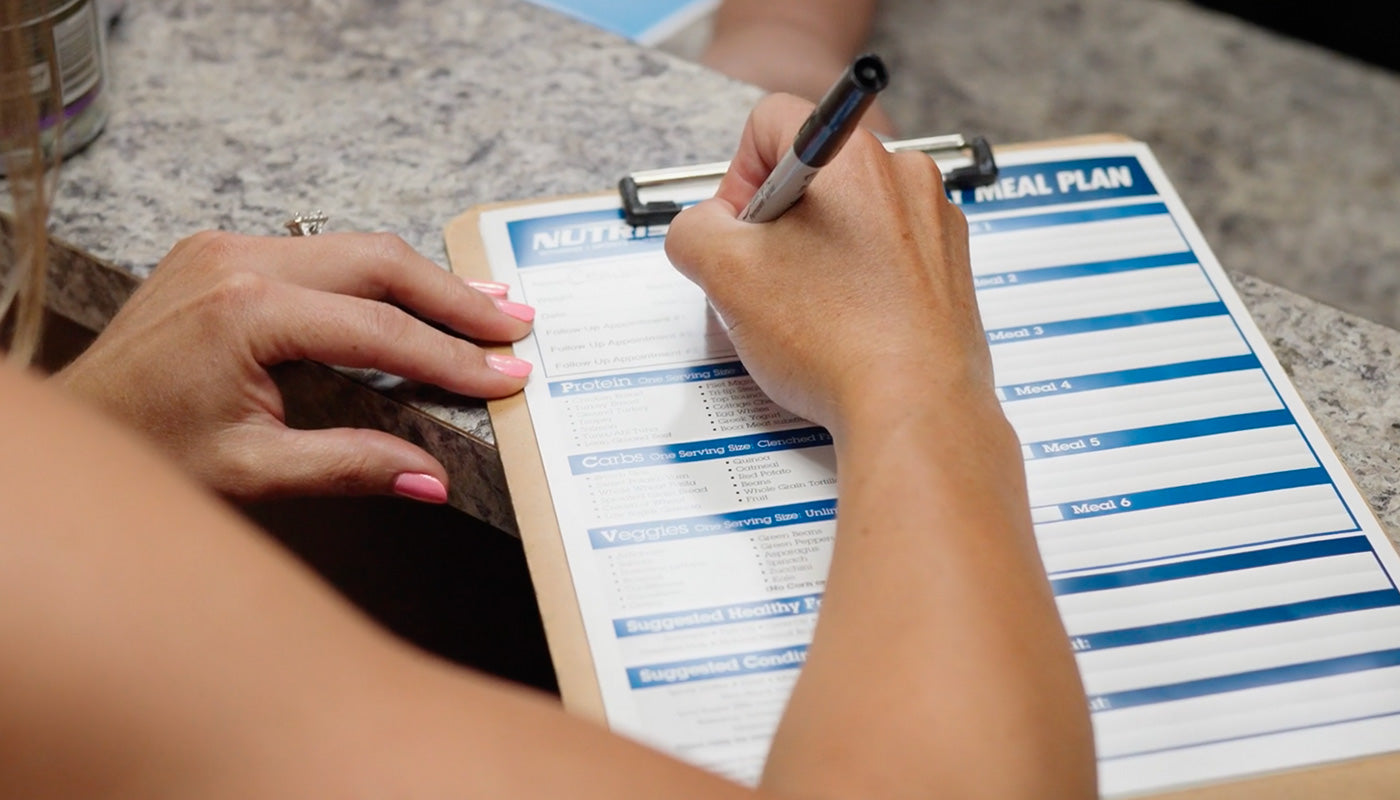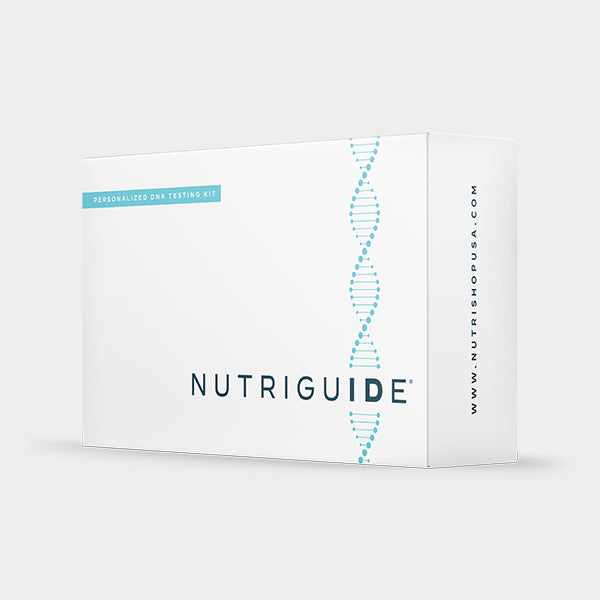Weighted vests have been popping up everywhere: on hiking trails, in gyms, and even during casual walks in the neighborhood. They’ve become one of the simplest tools for adding resistance without the need for barbells, kettlebells, or complicated equipment. But are they really worth the hype? Here are some research-backed reasons to consider adding one to your fitness routine.
1. More Calorie Burn, Same Workout
Adding extra pounds around your torso makes your body work harder during even the most familiar movements like walking. A study published in the Journal of Strength and Conditioning Research found that wearing a vest equal to 10% of body weight increased calorie burn by 8.5%, while a vest equal to 30% boosted it by over 30%. That means you can torch more calories without changing your workout.
2. Cardio with Less Impact
Weighted vests give your cardiovascular system a challenge while sparing your joints. Researchers at the University of New Mexico found that women who walked slowly on a treadmill with a weighted vest increased their VO₂ max, an important marker of aerobic fitness. This suggests you can build endurance without needing to run or jump, which is good news for anyone who wants a low-impact cardio boost.
3. Strength and Stability on the Go
Because the added load increases demand on your muscles, even simple movements like walking or climbing stairs become strength-building opportunities. Weighted vests also recruit stabilizing muscles in your core and back, encouraging better posture and balance. This added challenge helps build functional strength that carries over into daily life.
4. Bone Health and Aging Well
Bone density naturally declines with age, but the loss accelerates for women after menopause. This is where weighted vests may shine. A study in Quality of Life Research showed that older adults exercising with weighted vests increased bone density by 1%, while those who didn’t lost 0.6%.
Another long-term trial published in The Journals of Gerontology found that postmenopausal women who walked with weighted vests maintained hip bone density and stuck with the program for over five years. For both men and women, weighted vests add resistance that can help keep bones stronger for longer.
5. Better Body Composition and Metabolic Health
Resistance training doesn’t just change how you look—it changes how your body works. In a 2024 study, women with “normal-weight obesity” (a healthy BMI but high body fat) combined circuit training with weighted vests. After eight weeks, participants gained more than 7% in skeletal muscle mass and significantly improved insulin sensitivity, indicating positive effects on both body composition and long-term metabolic health.
6. Convenience and Versatility
Weighted vests are hands-free, portable, and easily integrated into almost any routine. You can wear one during squats, pushups, lunges, or simply on your next walk. Because many models allow you to add or remove weight in small increments, they make progressive overload simple, without needing new equipment or complicated training plans.
7. A Surprising Edge for Women
Research on British military recruits revealed something interesting: when asked to ruck six miles carrying 33–44 pounds, women often finished faster than men, despite reporting higher perceived exertion. Even more impressive, women recovered strength more effectively after the effort. This suggests women may have a higher tolerance for discomfort during weighted activity, giving them a unique advantage in this type of training.
Risks and Considerations
The benefits are clear, but there are some things to consider. Experts recommend starting with 5–10% of your body weight and increasing gradually. Starting out too heavy can mess up your form and increase your risk for injury. Weighted vests aren’t ideal for heavy lifts like deadlifts, squats, or overhead presses, since they can add unnecessary spinal compression. And if you have back pain, shoulder issues, arthritis, or mobility challenges, check with your healthcare provider before using one.
Choosing the Right Vest
A good weighted vest should fit snugly without being restrictive and should not bounce during movement. Choose adjustable-weight options for safe progression. For outdoor use, look for reflective materials for visibility. If you plan to wear it often, select easy-care materials that withstand sweat and washing. Prices for weighted vests range from about $30 to over $200, allowing you to find one that suits your goals and budget.
Final Thoughts
Weighted vests aren’t just another fad. They’re a practical way to add intensity, build strength, and support long-term health. The benefits span calorie burn, cardiovascular fitness, muscle development, and bone density. While men and women alike can benefit, research shows weighted vests may be especially valuable for women, who face accelerated bone loss after menopause and may have an edge when it comes to endurance under load.
The key is starting light, listening to your body, and progressing gradually. Whether you’re walking in your neighborhood or adding resistance to bodyweight moves, a weighted vest can be a simple, sustainable way to keep challenging yourself and supporting your health.






